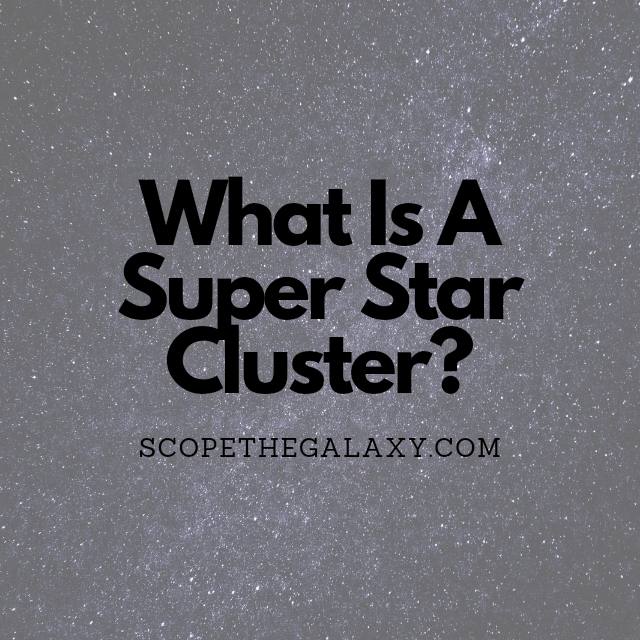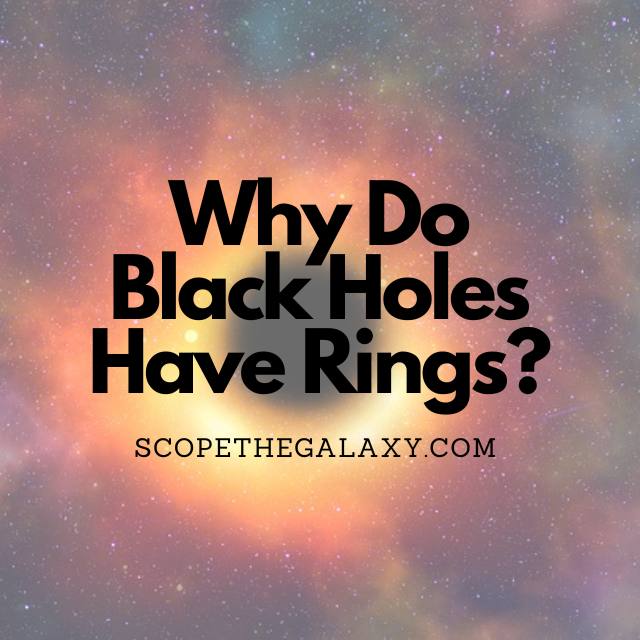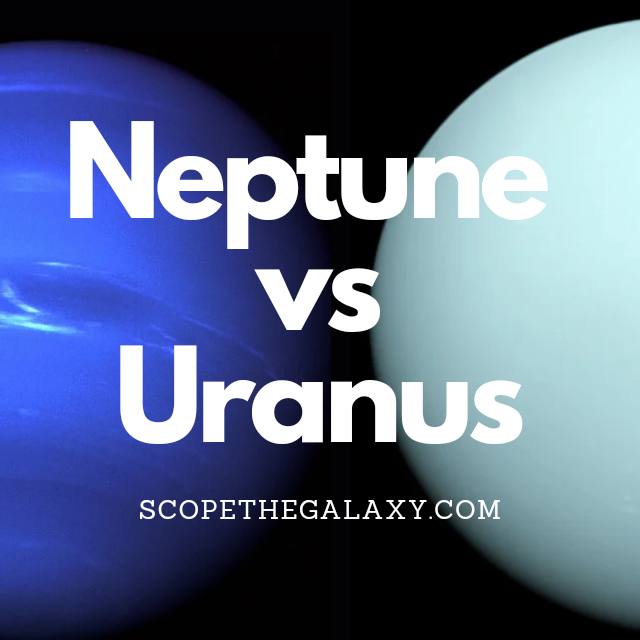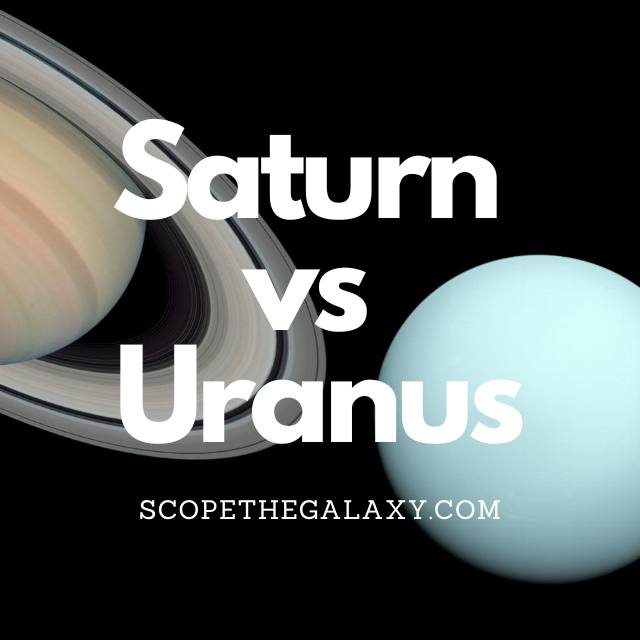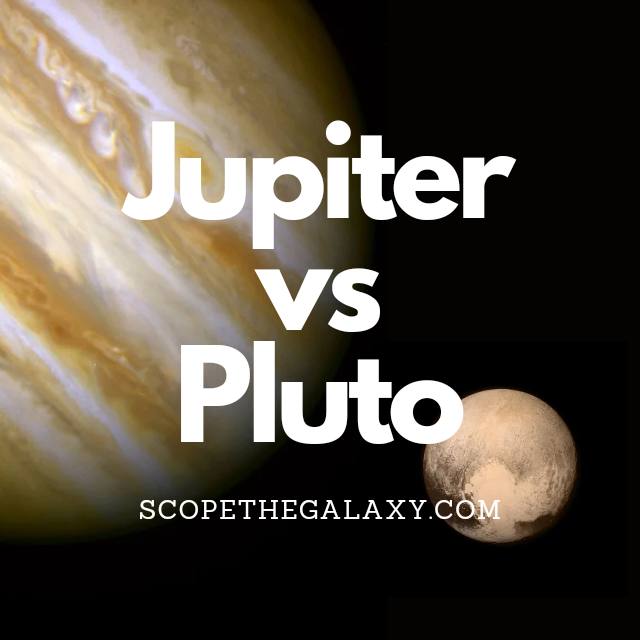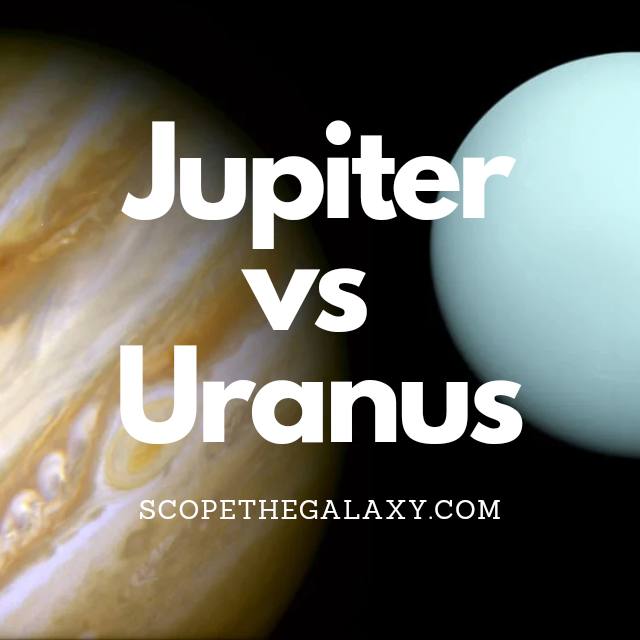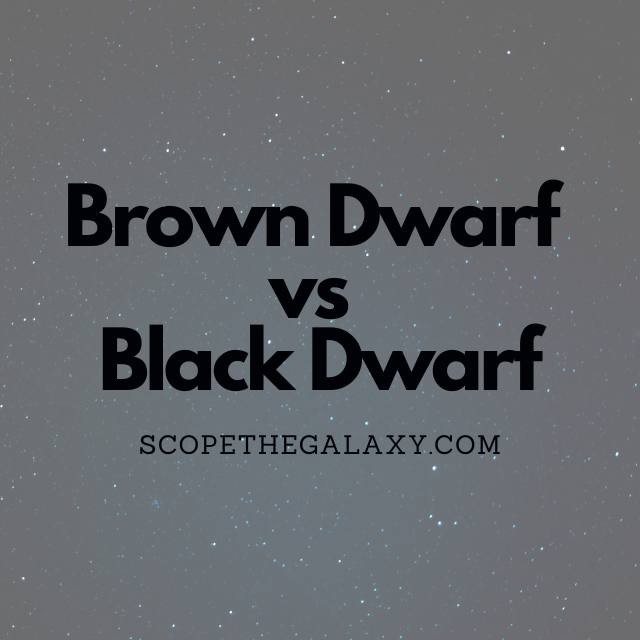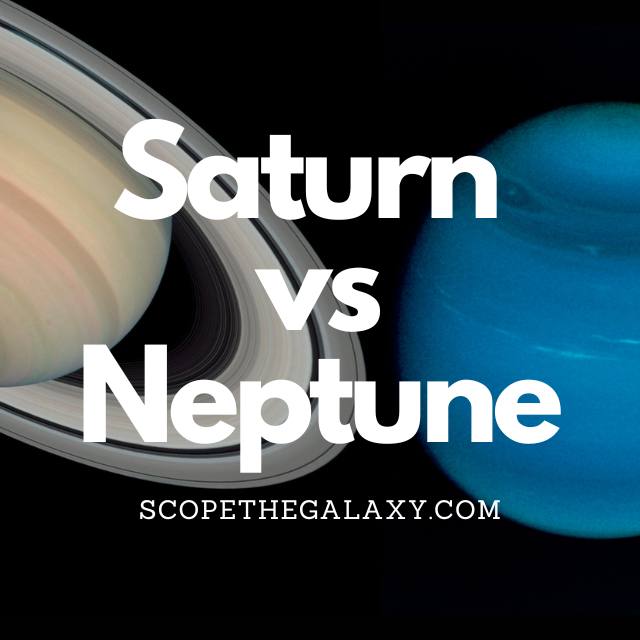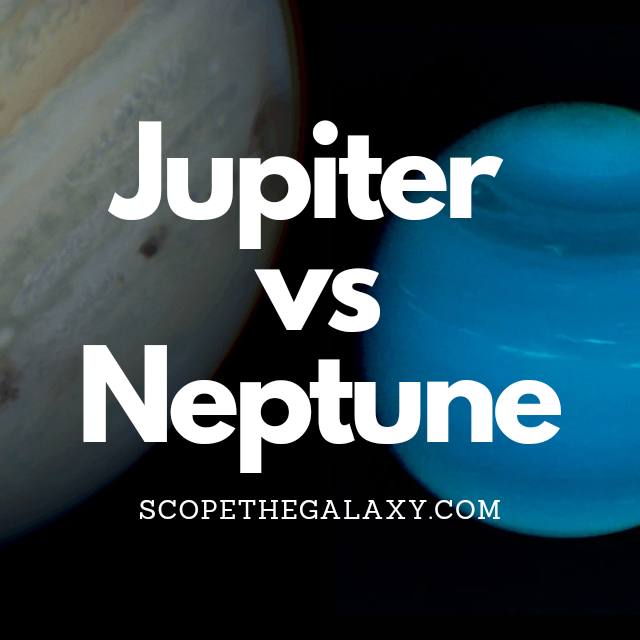What Is A Super Star Cluster? (Explained!)
A super star cluster is a gathering of millions of stars that are gravitationally bound together. First discovered in the early 1960s, these stellar masses provide a fascinating insight to astronomers, allowing them to witness a “snapshot” in the life cycle of a star. Continue reading to discover how star clusters form, who discovered the … Read more

